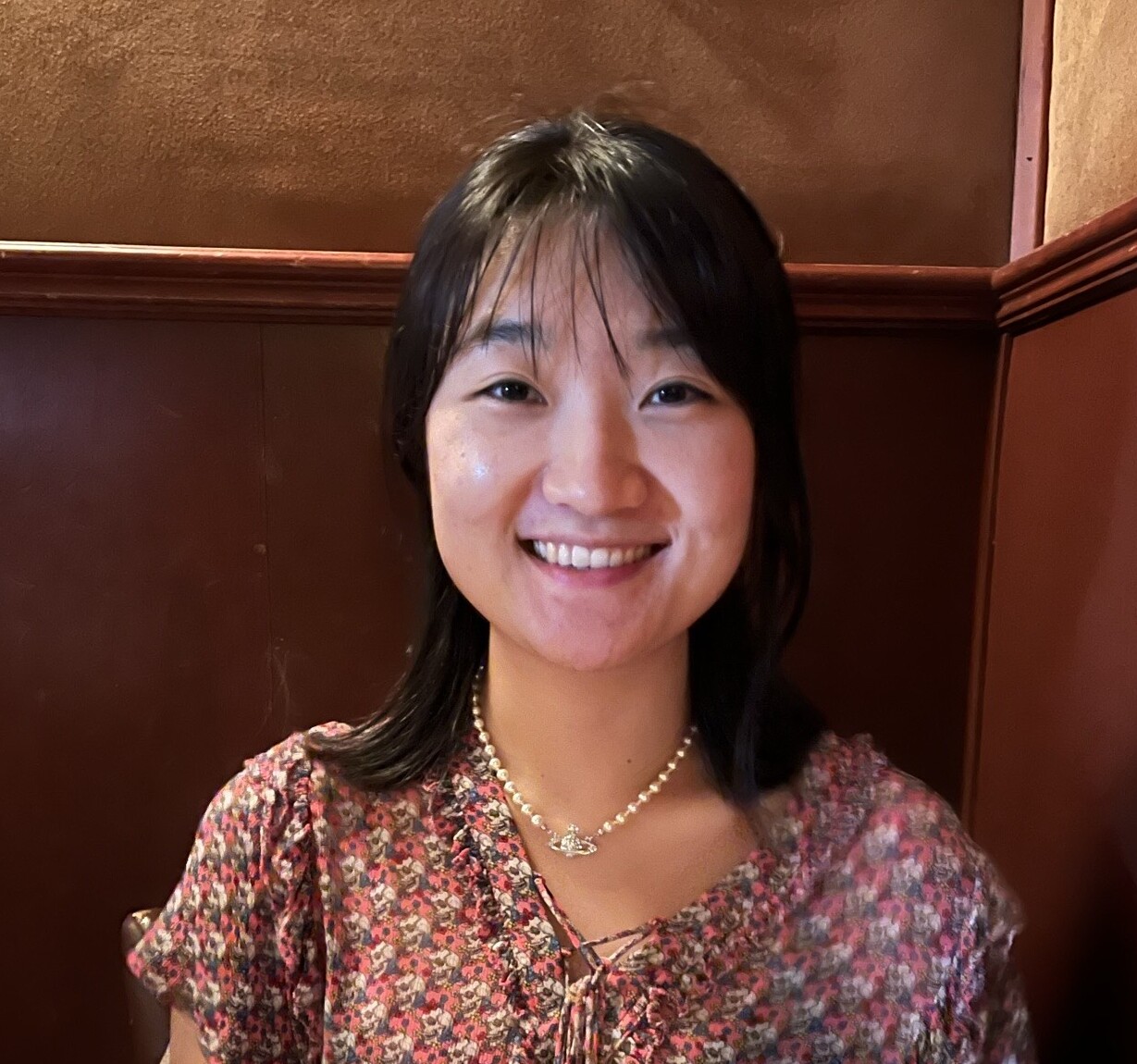
Altermagnetism: Emerging Opportunities in a New Magnetic Phase
This workshop focuses on the emerging magnetic material class of altermagnets. This recently discovered magnetic phase is separate from the ferromagnetic and antiferromagnetic phases that we are used to. The new altermagnetic class shows compensated magnetic ordering and alternating spin-polarization in both the direct and momentum space, with a d-wave (or higher even-parity wave) symmetry. Altermagnets span a large range of materials from insulators to superconductors, and exhibit properties characteristic of ferromagnetism, antiferromagnetism, and other unique properties that neither of the two previously known classes have.
The novel properties of altermagnets have links to many fields of research, such as spintronics, ultra-fast photo-magnetism, neuromorphics, multiferroics, magnonics, topological matter, or superconductivity. The workshop brings together junior and senior scientists from diverse research fields to explore this fascinating newly discovered magnetic phase.
For videos of the talks and further information, please visit the workshop home page.









